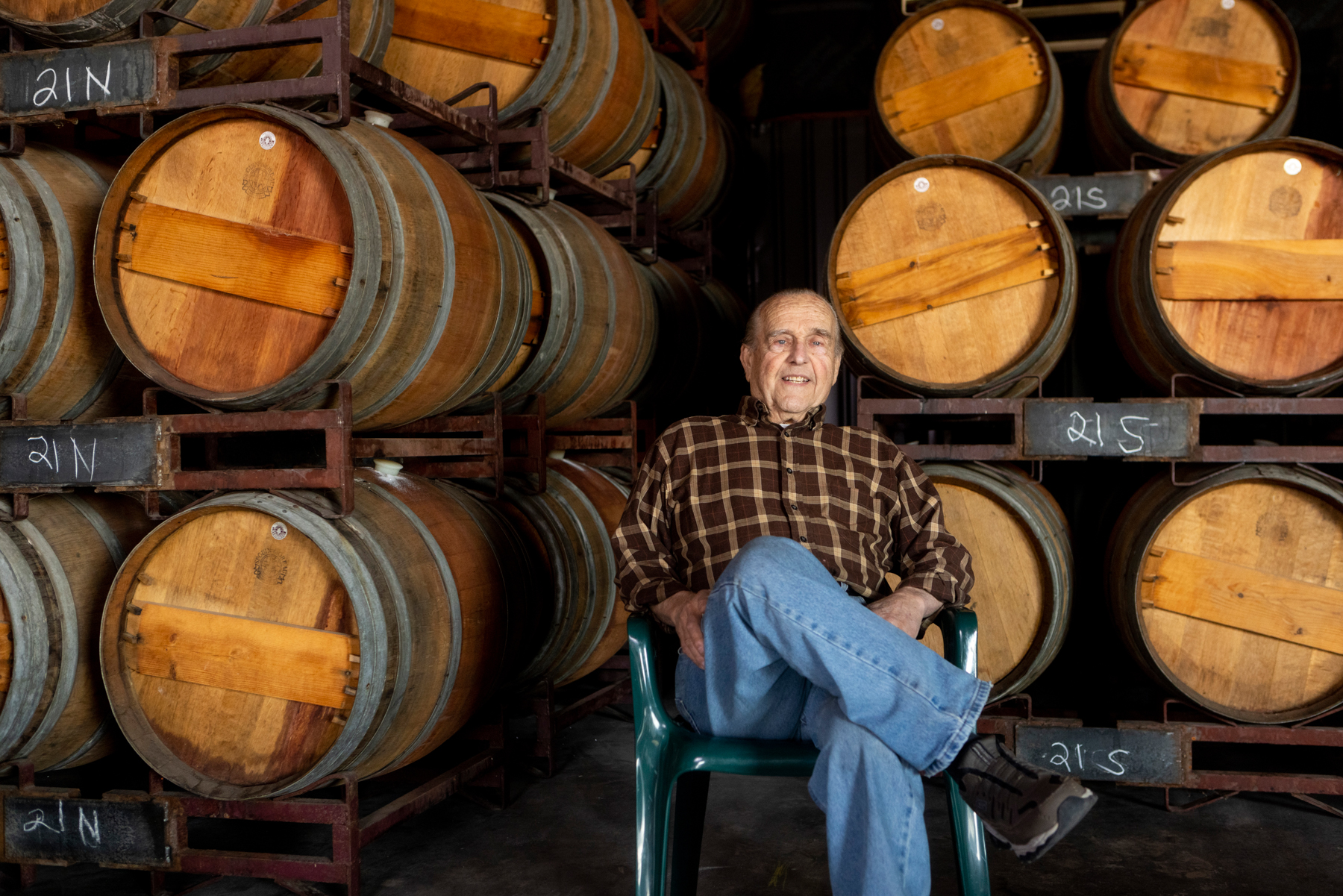
The Quiet Contrarian
Photography by Ruby Wallu
In a cellar that’s quiet as a tomb, Paso Robles winemaker Dave Caparone sinks into a plastic patio chair, far outside the fray.
“You can see the vast sums we spend on ambiance!” he quips, gesturing toward the Caparone Winery tasting room aesthetic: a rustic tasting bar, a chalkboard featuring wine offerings of the day and cardboard cases stacked against the wall. It’s a playful jab at his own simple style and, perhaps, at the increasing opulence of Paso Robles wineries.
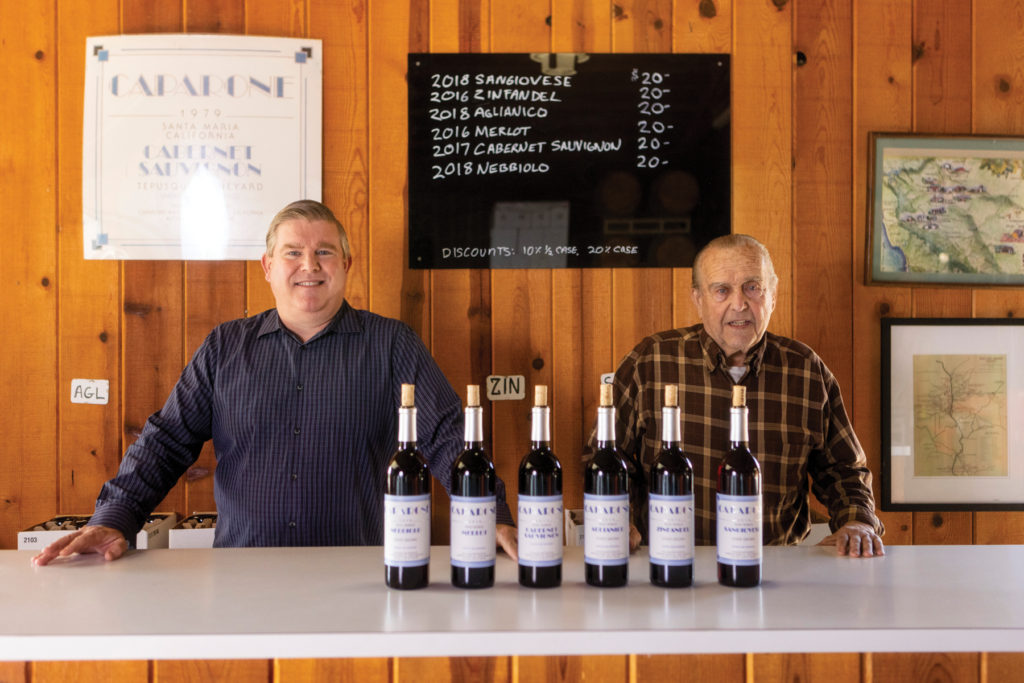
In the tasting room, not much has changed in the 42 years since Dave first considered growing nebbiolo, aglianico and sangiovese off San Marcos Road. You won’t find charcuterie, live music or fire pits here. No one will squire you about the vineyard on a Hummer or type the words “pencil shavings” into the tasting notes.
And they don’t have to because Dave and his son, Marc Caparone, have silently, skillfully and successfully produced finely tuned Italian-varietal wines for a combined 75 years — far too long to capitulate to trends.
“I’ve always liked to study and read,” says Dave, who graduated from UCLA with degrees in history and fine art. “I’m self-motivated and intellectually curious. I think I was attracted to wine because there’s no end to the things you can learn about it.”
Early on, Dave worked as a real estate appraiser for the California Division of Highways. It gave him a strong background in land economics that would serve him well once he started dabbling in winemaking. For his first few vintages, Dave sourced from different vineyards in Santa Barbara, San Luis Obispo and Monterey Counties and observed a great deal of difference in climate between each of the sites. When he considered owning a vineyard one day, he recognized that understanding the location’s microclimate would be critical to choosing which varieties to grow.
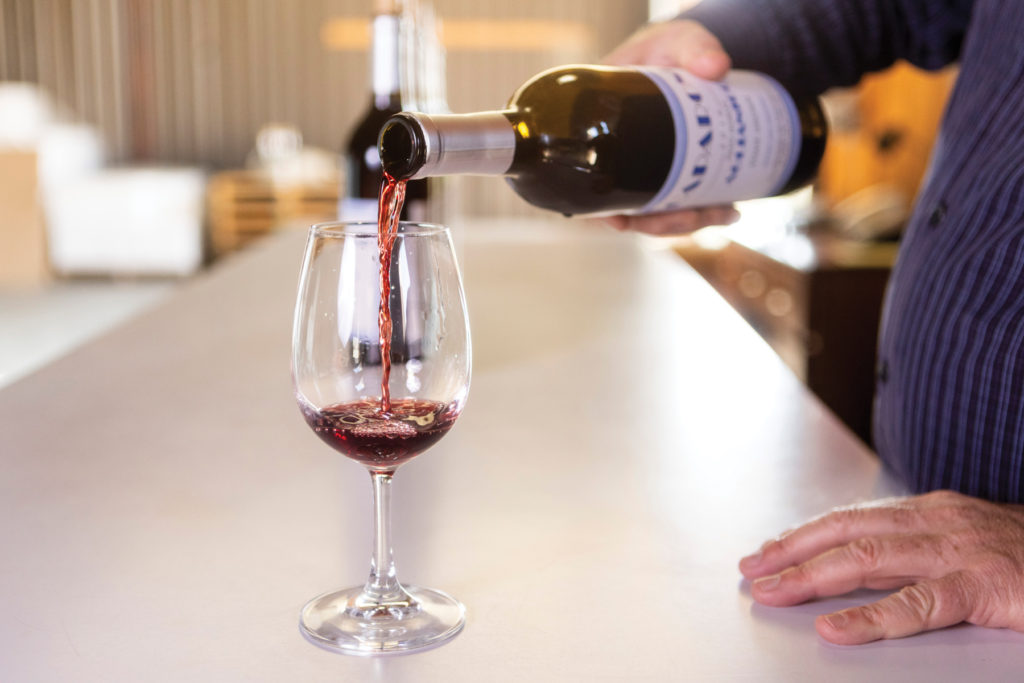
“The question was: Where should a person plant a certain kind of grape?” he says. “I had no formal training or education, but I did a lot of research and as time went on, I realized a lot of people just ignored that question and put whatever variety they wanted for the tasting room into the ground. And then they wondered why their grapes didn’t ripen fully or properly.”
As Dave defines it, microclimate has to do solely with the amount of heat a grape receives during the growing season. “That’s all it is. It’s not terroir,” he says. “I don’t even know what that means. Microclimate is about heat: each grape variety has a heat requirement to ripen fully and properly to be balanced between acidity and fruit characteristics, and alcohol, too. To my way of thinking, you get the best results in your winemaking when you make sure the grapes are put in the right microclimate and [you] pick at the right time.”
Throughout the 1970s, Dave enjoyed drinking and collecting bottles of Barolo and Barbaresco — wines made from the Italian grape variety nebbiolo. “I thought they were every bit as good as the French varieties everyone was drinking, but no one was interested in them,” he recalls.

To see if he could grow that variety himself, Dave conducted rigorous research. He traveled to Amador County where Montevina just started making nebbiolo, seeing firsthand how it failed to ripen there (Montevina eventually tore it out of its vineyard). He visited UC Davis to learn more about the history of nebbiolo in California, but could find only very little in the library there. Based on the unique fingerprint of his property, though, he was confident he could plant nebbiolo successfully in Paso Robles.

“One reason I’ve had success with the Italian varieties is I did a lot of research and made an educated guess about what should be grown in my vineyard based on microclimate,” Dave says. “I just happened to be right: they’re in the right location for their variety.”
Dave’s tenacity served him well; his nebbiolo was most likely the first commercial planting of that variety in the U.S. and it’s been his flagship Italian-varietal wine for 36 years and counting. He went on to conduct the same inquiry for the sangiovese and aglianico varieties, and planted those in the Caparone vineyard in 1986 and 1988, respectively. With nebbiolo, these three wines have constituted the backbone of Caparone’s offerings for decades.
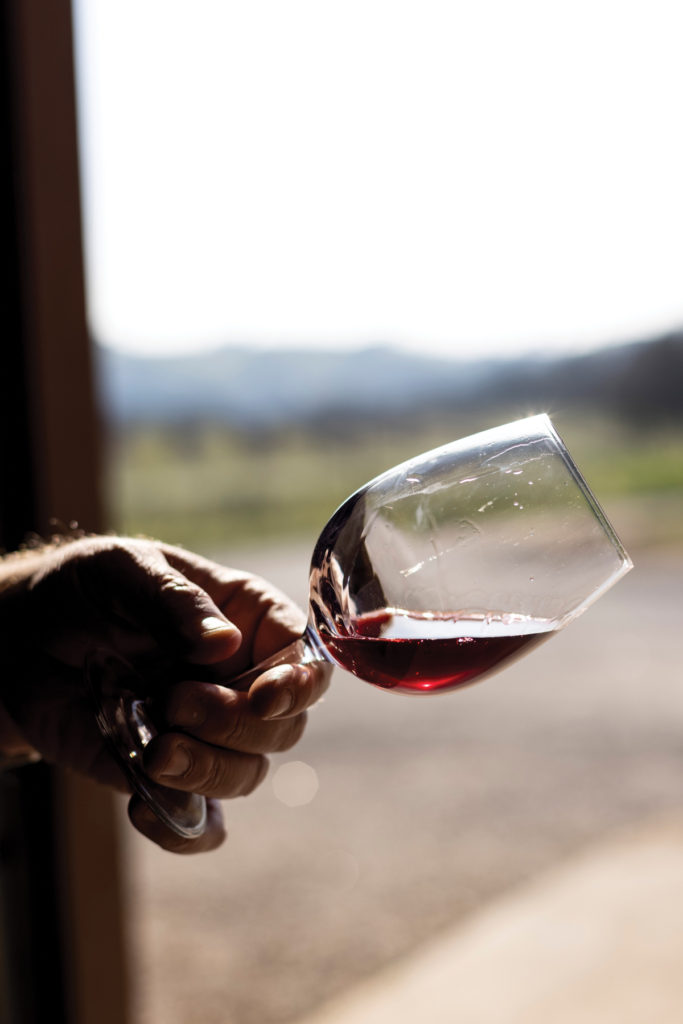
Dave has seen a lot of concepts, methods and styles change in Paso Robles since he opened in the late 1970s. The growing number of wineries, alone, is staggering. “In 1979, we were one of a half-dozen wineries here,” he says. “Today I think it’s over 200.”
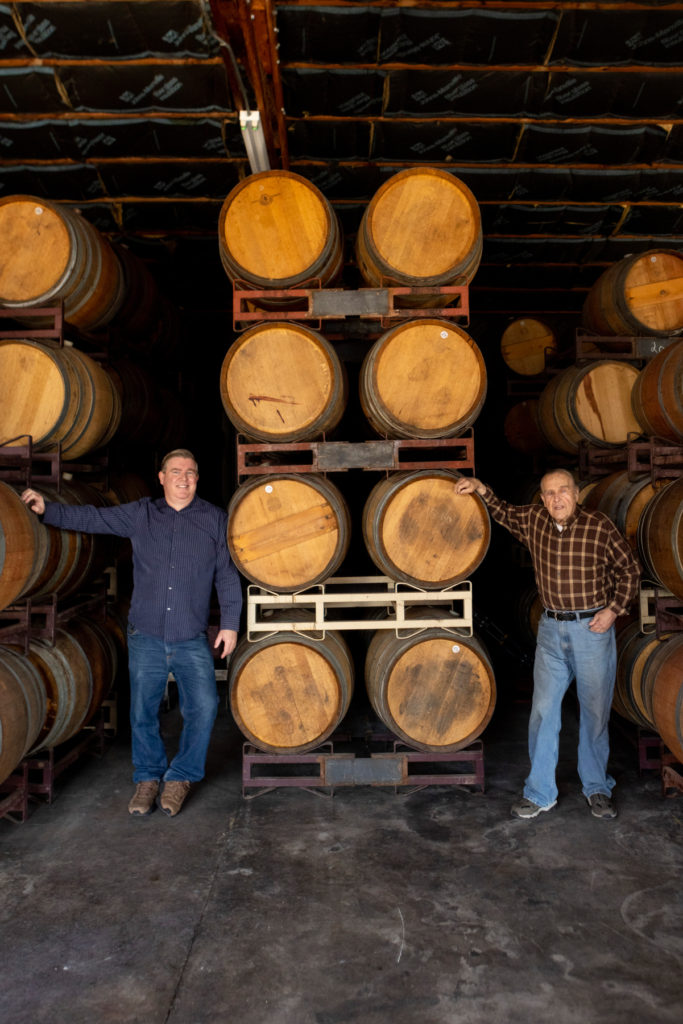
His son, Marc, chimes in, “It used to be such a sleepy place. I remember my mom taking me to the Carnegie Library in City Park one day and ours was the only car parked anywhere on all four sides of it.”
But while the world outside its walls has changed, Caparone Winery remains true to its initial intent and methods. The Caparones pick with balance in mind, year after year. During harvest, father and son walk the rows with a 5-gallon bucket, picking a handful of grapes and performing a test-crush in it using a juice-stained 2×4. They pull fruit from the vines only when the numbers — pH, Brix, etc — are perfect, neither before nor after. They add nothing to the must, and they never fine or filter before bottling — trendy for natural winemakers these days, but a move Dave has made every year since his first vintage in 1973.
“We’ve never taken out a business loan,” he says. “We’ve always saved for whatever we needed and our needs are minimal.” To drive this point home, Dave shares that the electricity bill for all of 2020 was $727. He used less than 40 gallons of diesel fuel for the tractor and only 50 gallons of water to irrigate. Dave points at a forklift in the corner of the cellar. “This is our new forklift.”
Marc laughs. “Well, it’s new to us, Dad. It’s still pretty used.”
“Yeah, but it’s not as used as our last one,” Dave says, chuckling. “I bought that one used … and then I used it for another 30 years!”
In fact, says Marc, the last forklift was so old they couldn’t get parts for it anymore. “But the good news is the dealership got such a kick out of the fact that we were still using that old tractor, they let us trade it for this one,” he says. Father and son laugh together and then go silent. They look critically at the new forklift, perhaps gauging how many decades they’ll get out of this one.

